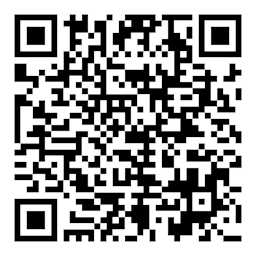Remote workplace trends for 2021
Summary
Emerging trends for the remote workplace in 2021.
Read time: 3 minutes
This content originally appeared on SmartBrief.com.
The traditional workplace might not be gone forever, but there is little doubt that it has been radically transformed by the coronavirus pandemic in 2020. For businesses that were able to transition to a remote workforce, the news was mixed: workers complained of fatigue from endless video conference meetings, but many businesses also reported an uptick in their overall productivity.
So, what can business leaders expect to face in 2021? Here are some emerging trends in the remote workplace:
The pace of digital transformation will accelerate.
Spending on digital transformation is estimated to almost double between now and 2023. Contactless transactions that do not require face-to-face communication are expected to grow, too. River Logic also predicts a rise in the use of predictive and prescriptive analytics that assess data to help businesses make optimal decisions.
As the pandemic recedes and the country opens up, remote workers will be able to shift from working at home to working from anywhere, which will raise security questions for business leaders on how to close up vulnerabilities in their networks.
Information management will continue to be crucial.
Managing and maintaining an efficient remote workforce will require more reliance on automated tools. According to Forrester, businesses that want to support their information workers should think about making greater use of things like software bots, robotic process automation and artificial intelligence solutions. The use of augmented data management systems that analyze multiple sources of information using artificial intelligence technology is also expected to grow, along with project management and organization apps.
Forrester predicts a 35% surge in the public cloud services market in 2021.
Cloud computing will continue to grow in popularity.
As businesses look for easier ways for their remote workforce to connect and adapt to changing circumstances. Forrester predicts a 35% surge in the public cloud services market in 2021. On the other hand, private cloud services will also offer an attractive option for businesses that want them to be part of their on-premises networks. Rather than choosing one type of provider over another, some analysts expect businesses to use some type of hybrid arrangement that give them the best capabilities of both.
Cybersecurity will remain a top concern for businesses of all sizes.
In a survey from Malwarebytes, 20% of respondents said that they experienced a security breach caused by a remote worker. To cut down on these accidents, some businesses have relied on set-ups like virtual private networks (VPNs) to conduct remote work, but their efficacy has been called into question. Looking ahead, some experts say that a better option is to install a zero-trust security system that restricts access to files more stringently. According to a report from GetApp, other issues that businesses will face include spotty security systems for remote workers, employees carelessly falling victim to things like malicious emails, unauthorized applications and limited mobile device security.
Business leaders would be wise to see how these trends might affect their own operations and then come up with strategic plans now to address them to thrive in the new year.
See how the cloud could help your business
Recommended for you
5 reasons business needs business continuity plan
Find out what a business continuity plan is and why it's important to have one in place before disaster strikes instead of scrambling after. Learn more.
Automating invoice processing
Ricoh partners with the Philadelphia Eagles to their information game with DocuWare, workflow & process automation, printers, interactive whiteboards & more.
Sustainability shortlist
Ricoh's sustainability strategy put us in the leader category in the IDC MarketScape: Worldwide Sustainability Programs and Services Hardcopy 2023 Vendor Assessment. See why.
